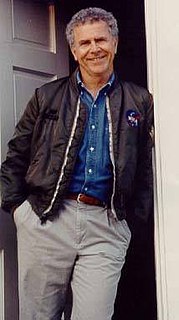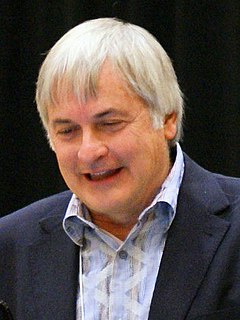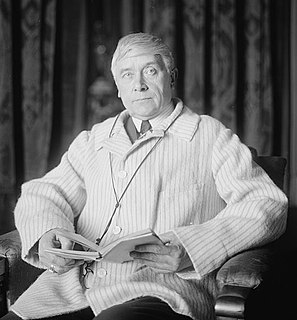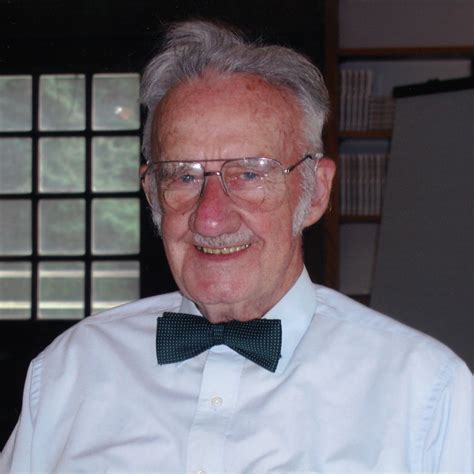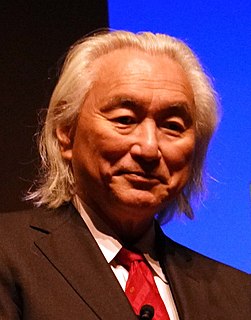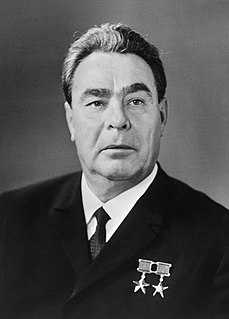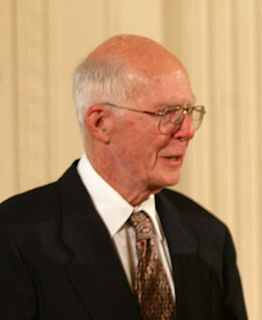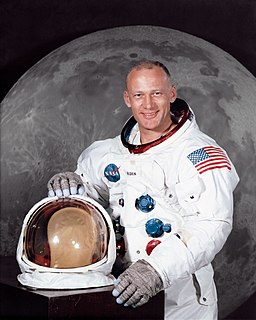A Quote by Homer Hickam
When the moon was first visited in 1969, the astronauts brought back a treasure trove of unique minerals. Contained within specimens was an isotope called Helium-3, which turns out to be the perfect fuel for fusion reactors.
Related Quotes
Five centuries from now - barring unimaginable catastrophe - the moon will be developed real estate. There's economic incentive to exploit the moon - the helium-3 will be useful in powering fusion reactors, and the rare earth elements could supplant the limited terrestrial supply of these materials.
As soon as we put something into words, we devalue it in a strange way. We think we have plunged into the depths of the abyss, and when we return to the surface the drop of water on our pale fingertips no longer resembles the sea from which it comes. We delude ourselves that we have discovered a wonderful treasure trove, and when we return to the light of day we find that we have brought back only false stones and shards of glass; and yet the treasure goes on glimmering in the dark, unaltered.
Today, your cell phone has more computer power than all of NASA back in 1969, when it placed two astronauts on the moon. Video games, which consume enormous amounts of computer power to simulate 3-D situations, use more computer power than mainframe computers of the previous decade. The Sony PlayStation of today, which costs $300, has the power of a military supercomputer of 1997, which cost millions of dollars.
To send humans back to the moon would not be advancing. It would be more than 50 years after the first moon landing when we got there, and we'd probably be welcomed by the Chinese. But we should return to the moon without astronauts and build, with robots, an international lunar base, so that we know how to build a base on Mars robotically.
A hot air balloon requires a great deal of fuel to keep it aloft, so that you can't fly it even for one day. A gas balloon, which usually uses helium, has the problem that the helium cools at night when the sun is not on it, and you have to throw ballast overboard to keep it from going to the surface.
Only those are called liberal or free which are concerned with knowledge; those which are concerned with utilitarian ends... are called servile...The question is... can man develop to the full as a functionary and a worker and nothing else; can a full human existence be contained within an exclusively workaday existence? Stated differently and translated back into our terms: is there such a thing as a liberal art?
I was an eight-year-old kid when I watched the first Apollo Moon Landing way back in 1969 and there was something about that moment that really stuck in my head. I'd always been interested in space and flying and I was building model rockets and model airplanes, but something about that moment, I can remember like it was yesterday watching the Apollo Lunar Lander approach the surface of the Moon and then later watching Neil Armstrong and Buzz Aldrin take the first steps on the Moon, and something that day started the dream for me that, hey, I want to be like those guys.
